Dragons show up in stories from nearly every corner of the world, and each tradition gives them a different kind of power. Some rule the seas and the rains, some guard sacred places, and others threaten the order of the cosmos itself. The details change from culture to culture, but the scale of what these beings can do is always enormous.
This list brings together dragons and dragon like serpents from ancient myth and legend. You will see creatures tied to kingship and storms, guardians that stand between heroes and treasure, and world shaping forces that gods themselves must face. The entries move from fearsome local symbols to beings that embody creation and chaos.
Y Ddraig Goch
 Sodacan
SodacanThe red dragon of Wales appears on the national flag and traces back to early medieval sources in the British Isles. It is tied to prophecies about the fate of the land, most famously in a tale where a red dragon battles a white dragon beneath a hill and signals the triumph of the native people over invaders. The name simply means the red dragon in Welsh and its association with rulers and war banners goes back centuries.
Chroniclers connected Y Ddraig Goch to the lineage of leaders in Wales, which is why it appears in stories involving kings and unification. The image became a lasting emblem of identity and resilience, and later heraldry cemented the dragon as a protector figure rather than a destructive monster.
Ladon
 Bibi Saint-Pol
Bibi Saint-PolLadon is the many headed dragon that guards the golden apples of the Hesperides in Greek myth. It stands watch over a sacred garden at the western edge of the world and prevents intruders from stealing the fruit that grants immortality. The creature is linked to Gaia and is part of the group of monsters set to challenge heroes.
Heracles defeats Ladon as one of his labors by taking the apples, and some versions say the dragon is placed among the stars afterward. The role of tireless sentinel made Ladon a model for later dragon guardians in art and literature, where serpents coil around treasures and sacred trees.
Python
 Virgil Solis
Virgil SolisPython is the serpent of Delphi in early Greek tradition and is tied to the earth and the site of prophecy. It dwells at the navel of the world and represents a pre Olympian power that must be overcome for a new divine order to rise. The slaying of Python clears the way for a new sanctuary to take shape.
The ritual Pythian Games commemorate that victory and the oracle that follows becomes central to Greek religion. The story explains why a place of foresight belongs to a younger god, and the name of the priestess and festival preserve the memory of the dragon that once ruled the spot.
Fafnir
 Jeblad
JebladFafnir begins as a dwarf in Norse legend and becomes a dragon after taking a cursed hoard of treasure. The transformation follows greed and isolation, and the new form allows him to brood over gold with poisonous breath and iron hard scales. The lair is a wilderness stronghold that few dare to approach.
The hero Sigurd kills Fafnir and gains knowledge by tasting the dragon’s heart blood, which lets him understand the speech of birds. The tale connects dragons with wealth that brings ruin and links a monster’s defeat with wisdom earned at a high cost.
Zmey Gorynych
 Ivan Bilibin
Ivan BilibinIn East Slavic folklore, Zmey Gorynych is a multi headed fire breathing dragon that carries off captives and devastates villages. The number of heads varies across tales, but the creature consistently flies, breathes flame, and speaks. It appears as a distinct adversary that tests the strength and courage of a hero.
The bogatyr Dobrynya Nikitich is the most famous opponent who battles Zmey Gorynych at the Smorodina River. The fight highlights the hero’s skill and perseverance, and the dragon’s defeat restores order to the land, making the story a model for later folktales about monstrous threats and brave champions.
Imoogi
 베르니사주
베르니사주Imoogi in Korean lore are giant serpents that strive to become true dragons after a long period of growth and trial. They are powerful river or mountain dwelling beings that influence weather and fertility, and they are often connected with omens. Some versions say they must capture a celestial orb to complete their transformation.
The belief marks dragons as the pinnacle of a spiritual ladder, with Imoogi representing an in between stage of great size and strength. Communities near rivers preserved stories of encounters, and the theme of earned ascension reflects a broader idea that natural forces can change status through time.
Bakunawa
 Lorenz Lasco
Lorenz LascoBakunawa in Visayan tradition is a sea serpent linked to eclipses and the swallowing of the moon. People would make noise and light fires to scare it away and bring back the night sky. The creature’s home is the deep ocean and its movement explains cycles and sudden darkenings.
Different islands keep versions where Bakunawa either seeks to keep the moon or is angered by human activity. These stories place the serpent at the center of celestial drama and teach practical responses to rare events, which is why rituals survived alongside the legend.
Yamata no Orochi
 Torii Kiyomasu II
Torii Kiyomasu IIYamata no Orochi is the eight headed and eight tailed serpent in Japanese myth that terrorizes a province until the storm god Susanoo arrives. The monster’s size is described through mountains and valleys that lie along its body, and its rage brings devastation to the land. Susanoo uses a plan rather than simple force to overcome it.
He prepares sake to intoxicate the serpent and then cuts it apart, finding a divine sword within one tail that becomes a treasured regalia. The episode ties a local crisis to national symbols and sets a pattern where defeating a dragon yields an item of power for a royal line.
Ryujin
 Utagawa Kuniyoshi
Utagawa KuniyoshiRyujin is the dragon king of the sea in Japanese lore and rules an undersea palace made of coral and crystal. He commands the tides and has servants who are sea creatures, and he offers magical tide controlling jewels in some tales. Visitors to his realm move between worlds and return with gifts or lessons.
Stories connect Ryujin to fishermen, weather, and imperial authority through artifacts that control the waters. The figure represents the ordered side of ocean power and acts as a patron to those who respect the boundaries between human life and the deep.
Qinglong the Azure Dragon
 沃德利成書畫院
沃德利成書畫院Qinglong is one of the Four Symbols in Chinese cosmology and represents the east, spring, and the element of wood. It appears in star lore as a constellation and in ritual as a protective emblem on banners, armor, and buildings. The dragon embodies renewal and the life that rises with the season.
Imperial architecture and city planning use Qinglong’s position to align structures with cosmic order. The image protects and balances forces in geomancy, and its presence in art and astronomy shows how a dragon can be both a creature and a direction that anchors a worldview.
Níðhöggr
 Public Domain
Public DomainNíðhöggr in Norse myth gnaws at the root of Yggdrasil, the world tree, and feeds on the dead. It moves between the realms and embodies decay and the pressure that wears down creation. Messages pass between it and an eagle at the top of the tree through a squirrel that carries insults, showing a network of forces that shape fate.
At the end of the world it appears on the field after the last battle, which signals that cycles of ruin and renewal continue. The dragon’s work under the tree explains why even sacred structures must endure stress and why balance requires both growth and the force that tests it.
Azhi Dahaka
 Lady39jane
Lady39jane Azhi Dahaka, known later as Zahhak, is a three headed dragon or serpent in Iranian tradition that brings drought and ruin. In some texts it bears demonic qualities and carries snakes on its shoulders that must be fed. The weight of its presence is social as well as natural, since it corrupts rule and spreads suffering.
The hero Thraetaona, also called Fereydun, defeats and binds Azhi Dahaka to halt the devastation. The binding rather than killing emphasizes how some powers are contained rather than destroyed, and the image of chains and a remote mountain prison becomes part of later legends about sealed evils.
Vritra
 ScifiLoreKeeper
ScifiLoreKeeper Vritra in Vedic myth is the serpent that holds back the rivers and locks up the waters, causing drought and hardship. The storm god Indra secures the thunderbolt and breaks the dams, releasing the floods and restoring life to the land. The battle sits at the heart of hymns that celebrate rain and agricultural renewal.
The figure explains monsoon cycles and frames leadership as the ability to obtain resources for the people. Vritra’s defeat opens the world for habitation and farming, and the story gives a divine origin to the tools and rituals that call down rain.
Jörmungandr
 Louis Moe
Louis MoeJörmungandr, the Midgard Serpent, is cast into the ocean in Norse myth and grows so large that it encircles the world and bites its own tail. It is the sworn enemy of Thor, and their confrontations include a fishing trip where the serpent nearly drags the god into the sea. The coil of Jörmungandr holds the seas in place.
At Ragnarök it rises and poisons the sky, and Thor kills it and then takes nine steps before falling from the venom. The serpent ties together ideas of boundaries, balance, and the final reckoning, and its size makes it one of the most daunting beings in the mythic record.
Tiamat
 Austen Henry Layard
Austen Henry Layard Tiamat in Mesopotamian tradition is the primordial salt sea that births the first generation of gods and then becomes a monstrous dragon form in a war against younger deities. She creates an army of creatures and arms a champion to lead them, turning the oceanic deep into a battlefield. The conflict sets the stage for the making of the world.
Marduk defeats Tiamat and fashions the heavens and the earth from her divided body, placing stars and winds and organizing time and space. The myth gives a cosmic scale to a dragon and shows how order emerges from the body of chaos, which is why Tiamat stands as a symbol of both origin and overwhelming power.
Share which legendary dragon you would add to the list in the comments.

.jpeg)

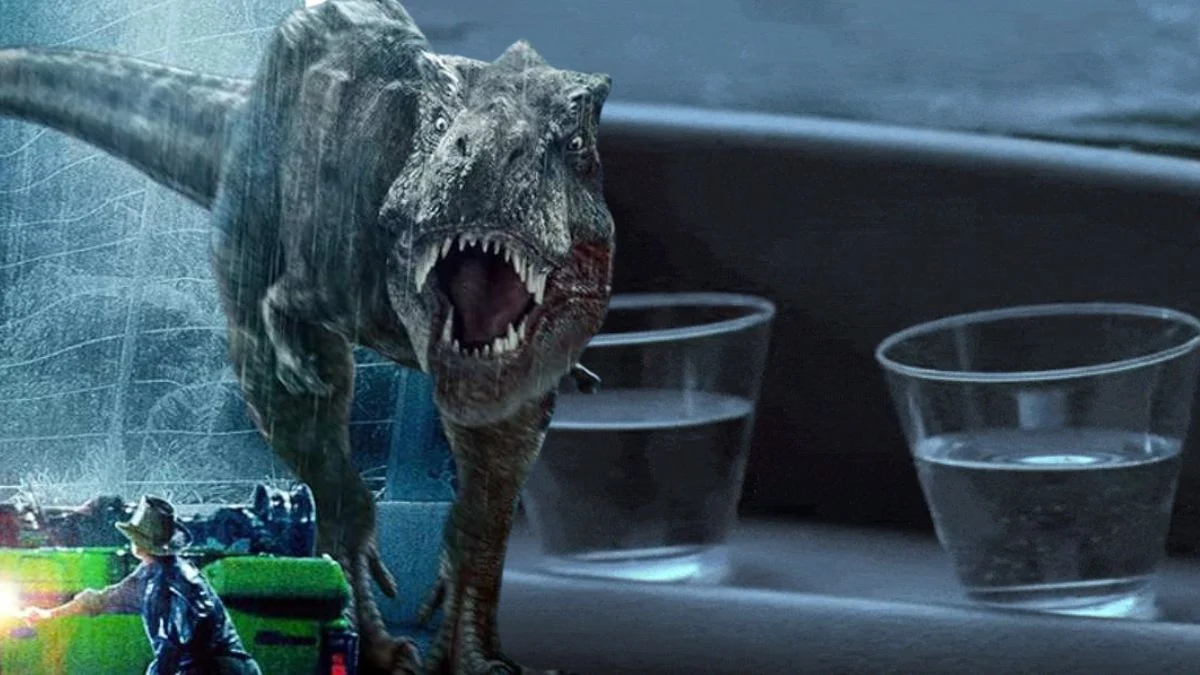

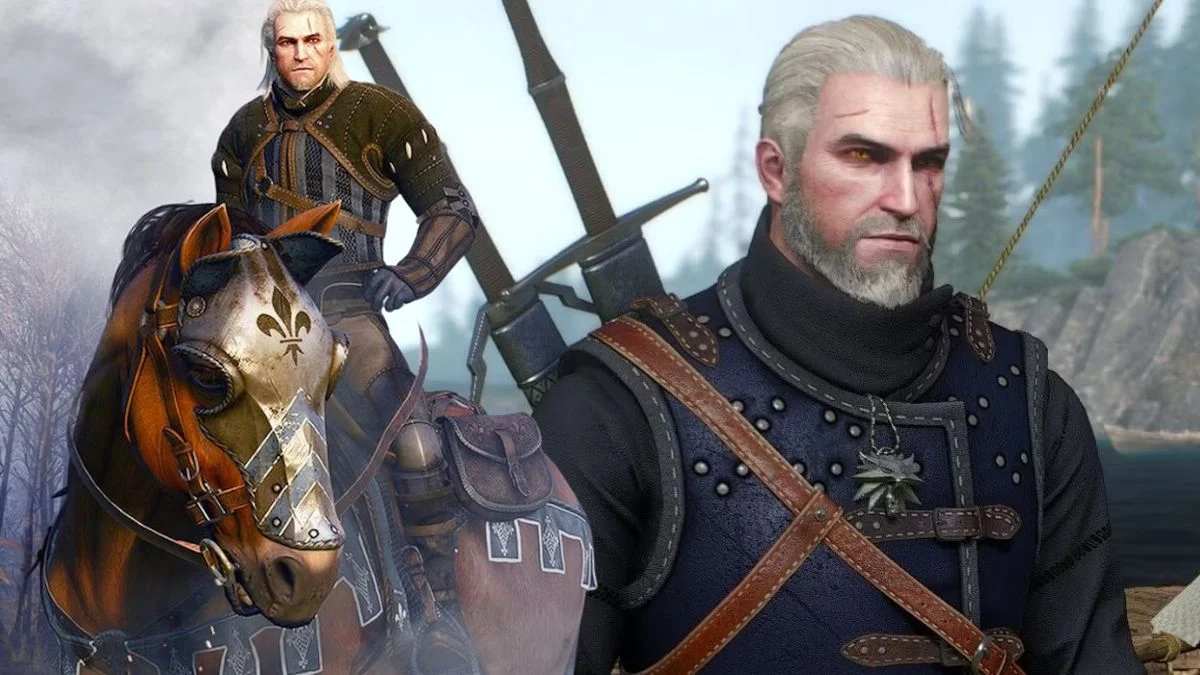

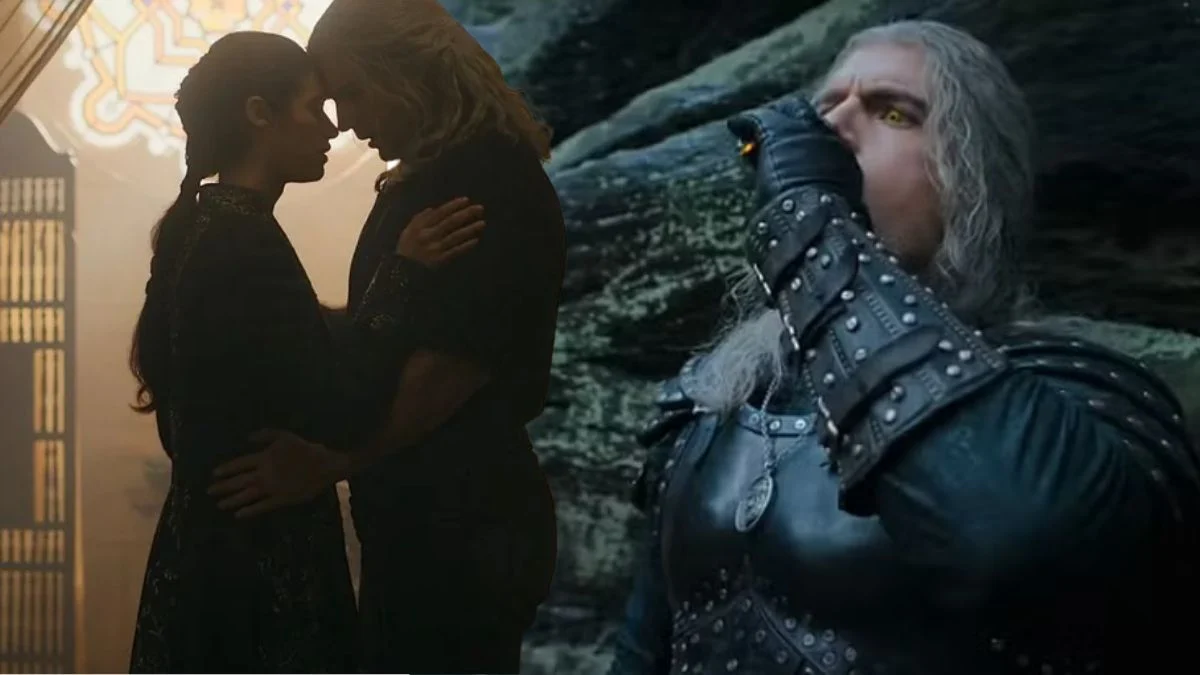


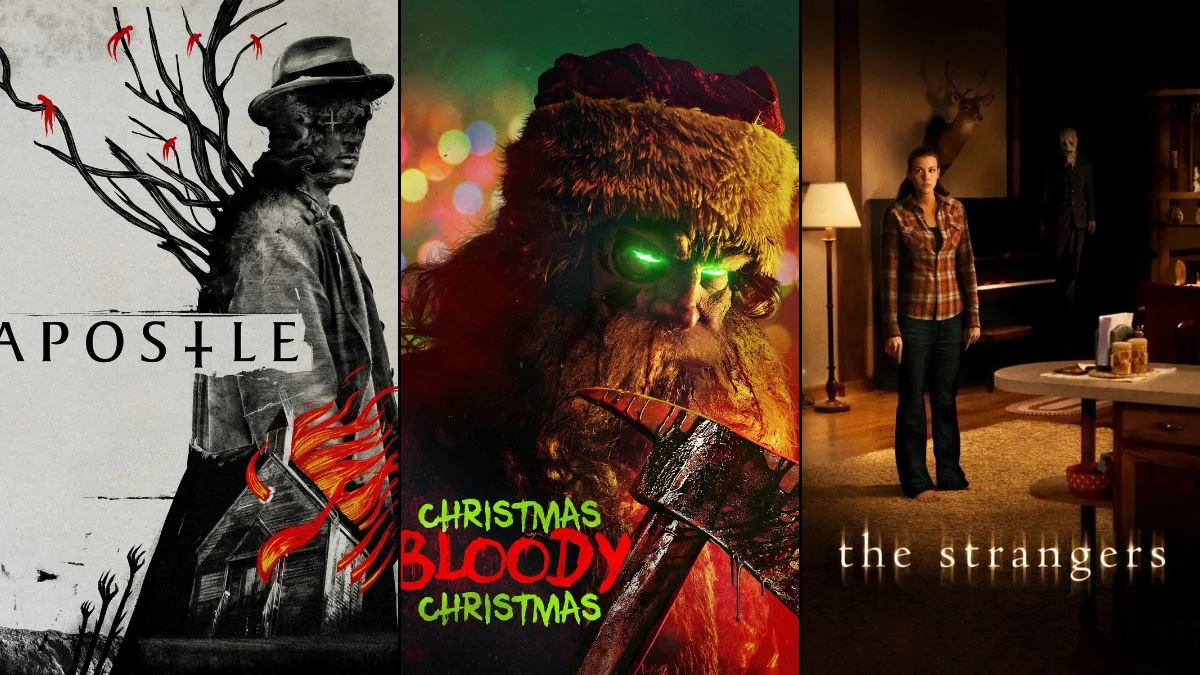

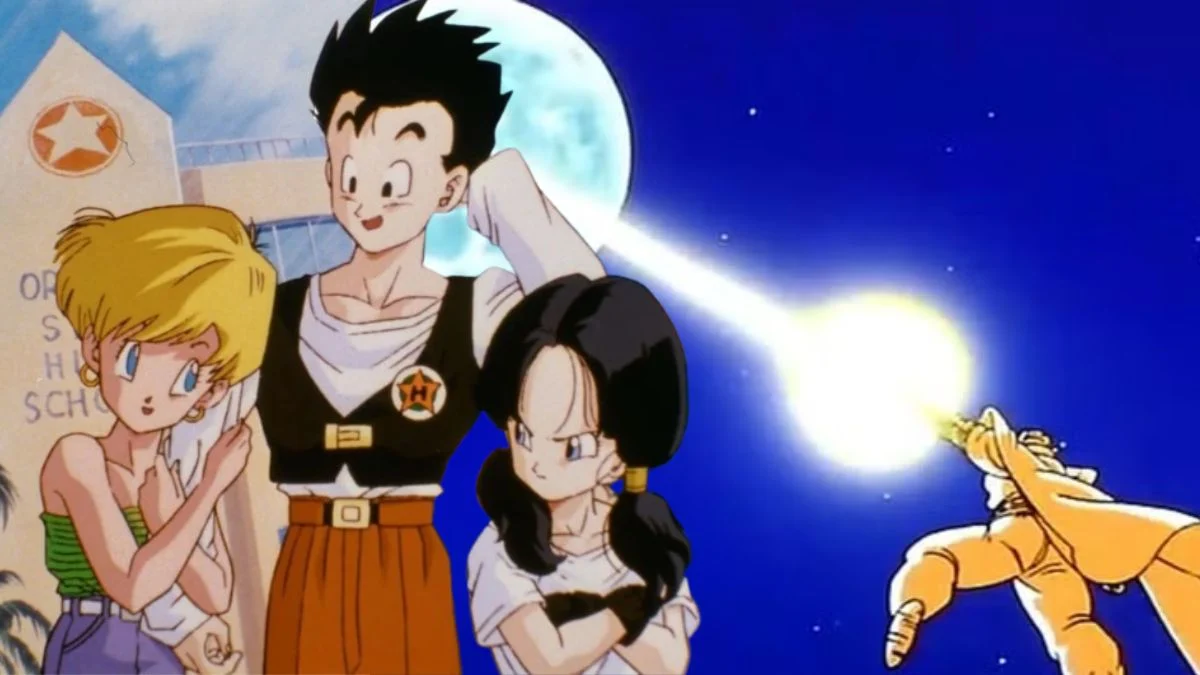

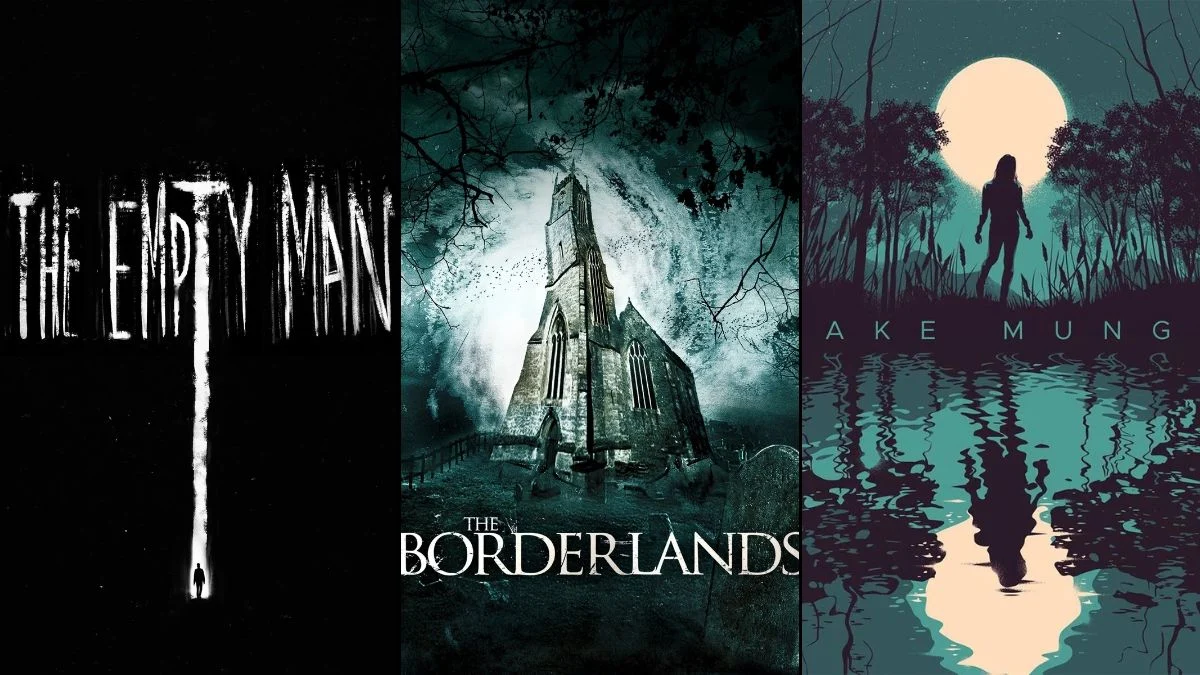

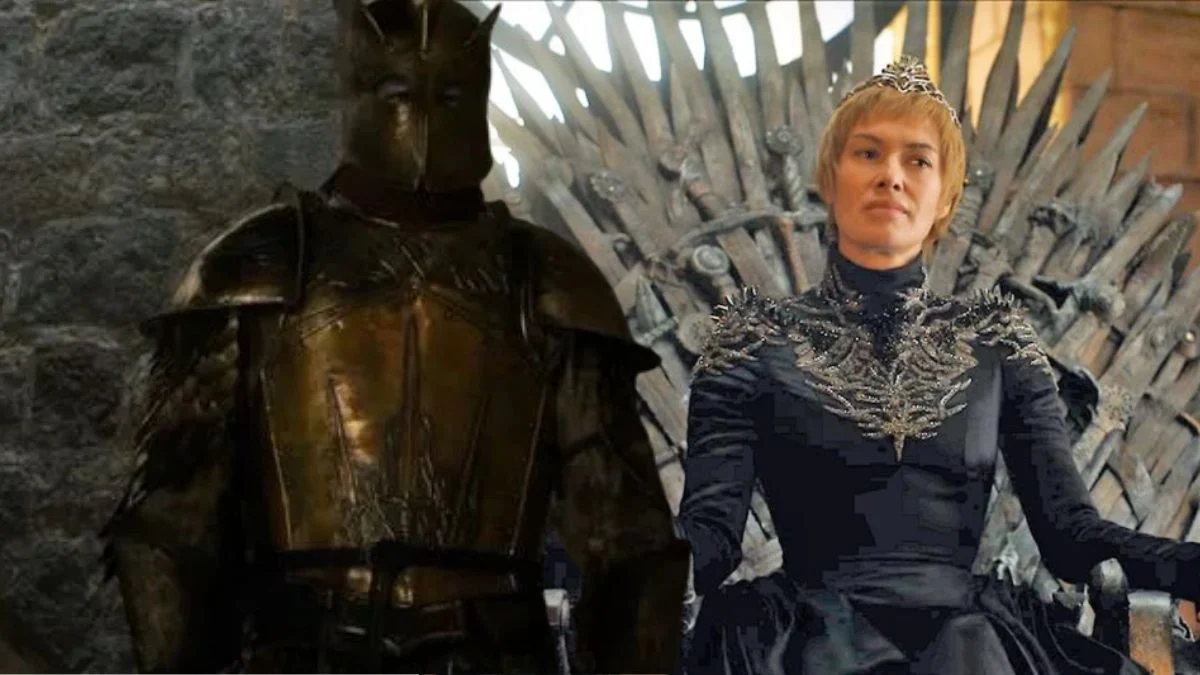

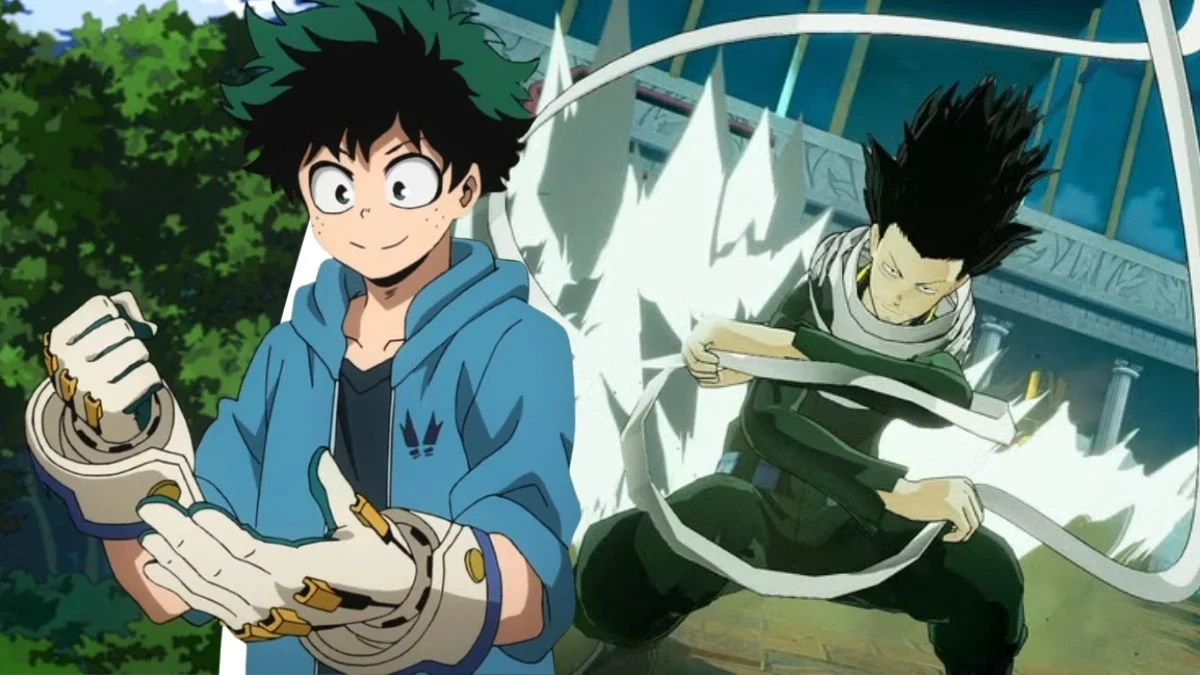
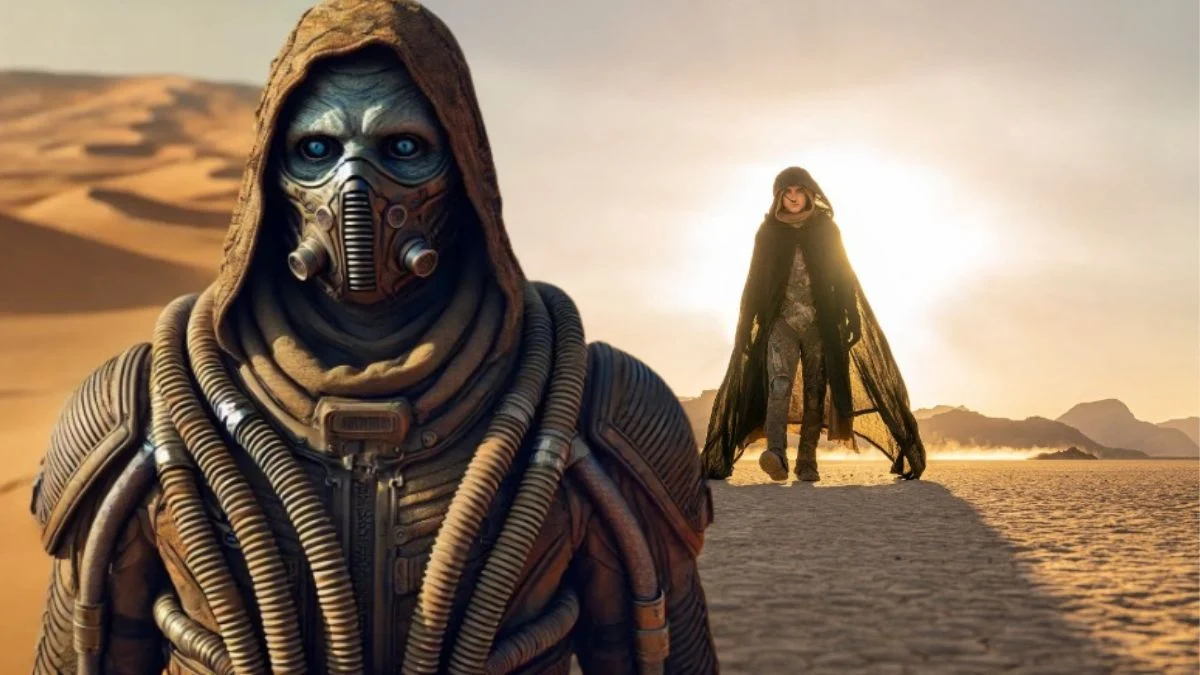






.jpeg)












 English (US) ·
English (US) ·